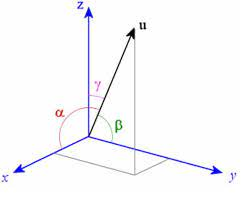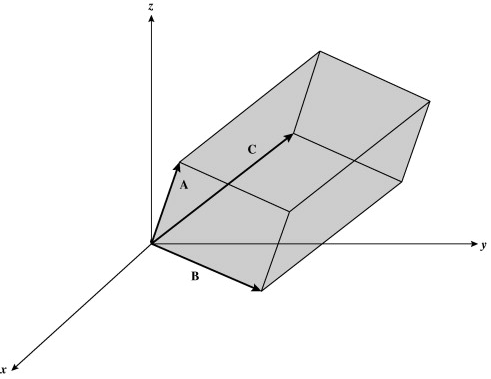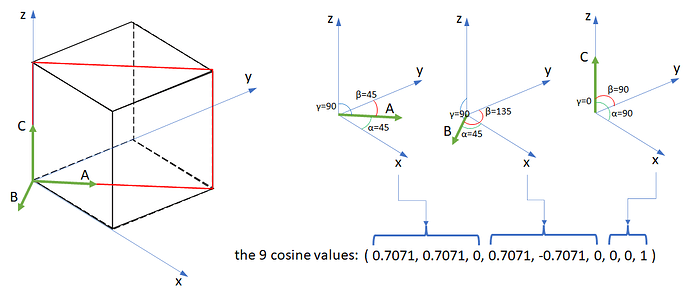Hello,
I have a cube and vtkImageReslice in my code and 3 ordinary cutting planes (a.k.a axial, sagittal, coronal) that make slices of the cube content.
For these 3 planes I use the vtkImageReslice.SetResliceAxesDirectionCosines function.
I don’t know how to visualize this planes inside cube volume, so I don’t know if the following direction cosines are correct, so I kindly ask your help:
- Check if the values of direction cosines are right, please:
axial: (1, 0, 0, 0, 1, 0, 0, 0, 1)
sagittal: (0, 0, -1, 0, 1, 0, 1, 0, 0)
coronal: (1, 0, 0, 0, 0, 1, 0, -1, 0)
As I’m really bad in analytic geometry, I’ve found and copied this values from somewhere.
The vtkImageReslice dimensions are set to 2.
Further, I convert the content to 2D image using vtkImageViewer2 in my code. This works just fine providing that the above direction cosines are correct… Can you confirm it, please?
- I need also direction cosines for all four cube diagonal planes. Can you help me to find this values, please?
Also, if you have an idea how to visualize the slice planes inside my cube, I’ll be very happy for any advices.
Thank you and have a nice day all!






